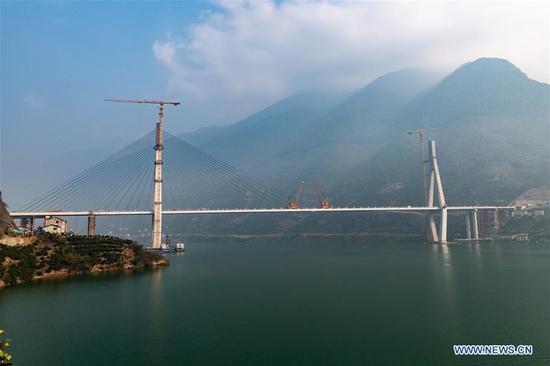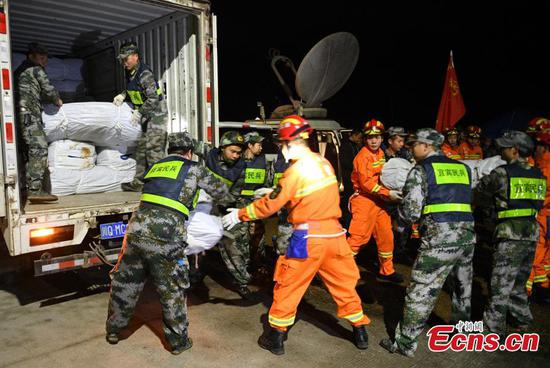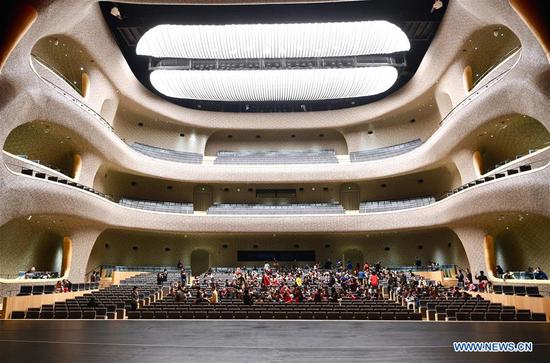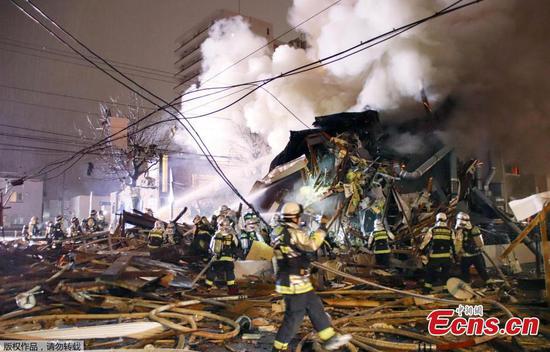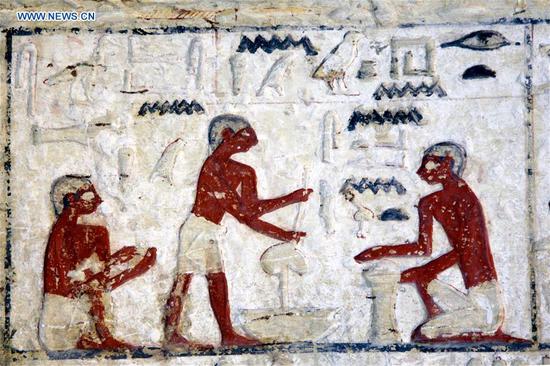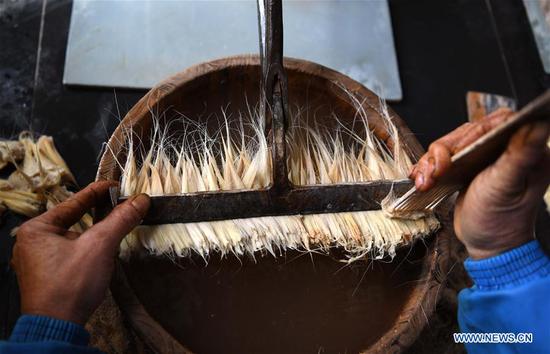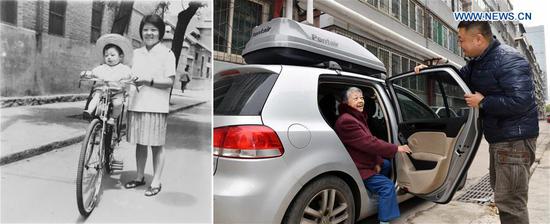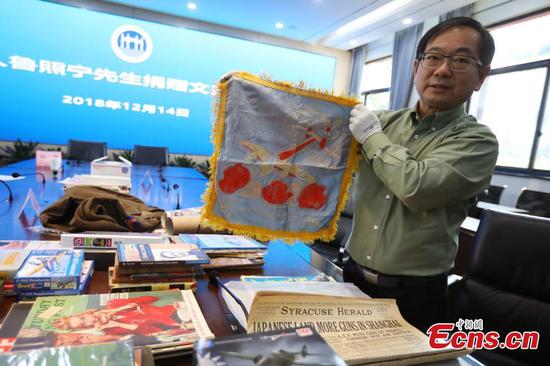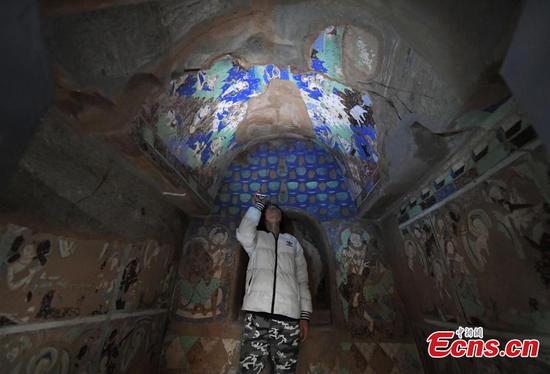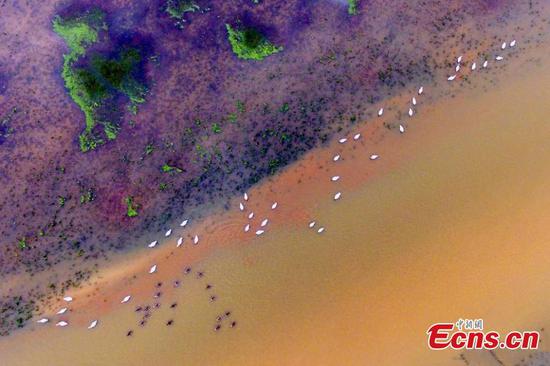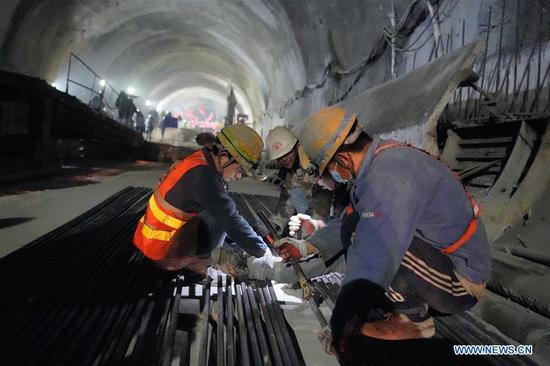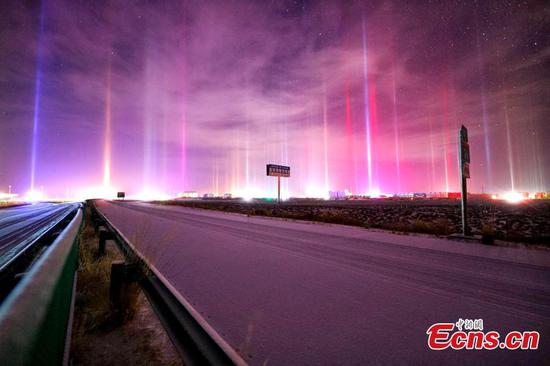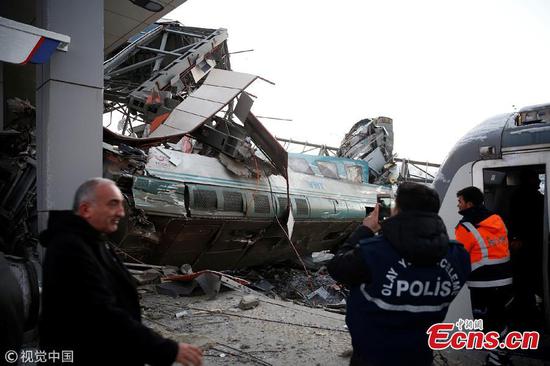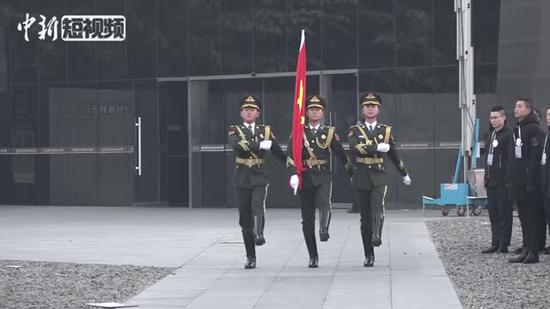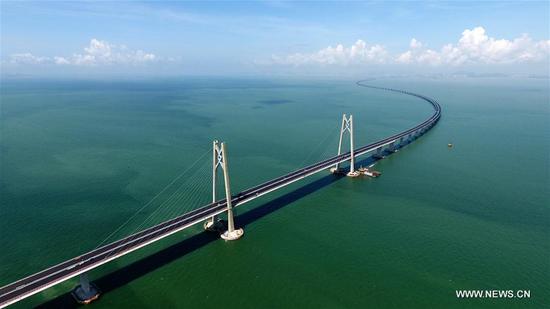
Photo taken on June 6, 2017 shows the 55-km-long Hong Kong-Zhuhai-Macao Bridge under construction. /Xinhua Photo
Regional integration
The passing year also saw remarkable acceleration in coordinated development in regions across the country, particularly the integration of Beijing and Tianjin municipalities and Hebei Province in the north, and Guangdong Province and Hong Kong and Macao SARs in the south.
On April 21, China published the master plan for Xiongan New Area, which spans three former counties in Hebei Province about 100 kilometers southwest of Beijing.
"The establishment of Xiongan New Area in Hebei Province is a significant decision and arrangement by the CPC Central Committee with Comrade Xi Jinping at the core to push forward the coordinated development of Beijing, Tianjin, and Hebei," the plan reads.
By 2035, Xiongan will basically develop into a modern city that is green, intelligent, and livable, with relatively strong competitiveness and harmonious human-environment interaction; by the middle of the century, it will become a significant part of the world-class Beijing-Tianjin-Hebei city cluster, effectively performing Beijing's non-capital functions and providing the Chinese solution to "big city malaise," according to the plan.
In autumn, breakthroughs were made in the development of the Guangdong-Hong Kong-Macao Greater Bay Area, which covers Hong Kong and Macao SARs, as well as nine cities in Guangdong including the first-tier cities of Guangzhou and Shenzhen. Two signature projects of the area – the Hong Kong section of the Guangzhou-Shenzhen-Hong Kong Express Rail Link and the Hong Kong-Zhuhai-Macao Bridge – were completed, bringing cities in the region closer.
China, aiming to build the region into a world-class bay area and city cluster, is finalizing a development plan for the Guangdong-Hong Kong-Macao Greater Bay Area. The plan could be unveiled in early 2019, Hong Kong's Chief Executive Carrie Lam Cheng Yuet-ngor said on Saturday.











